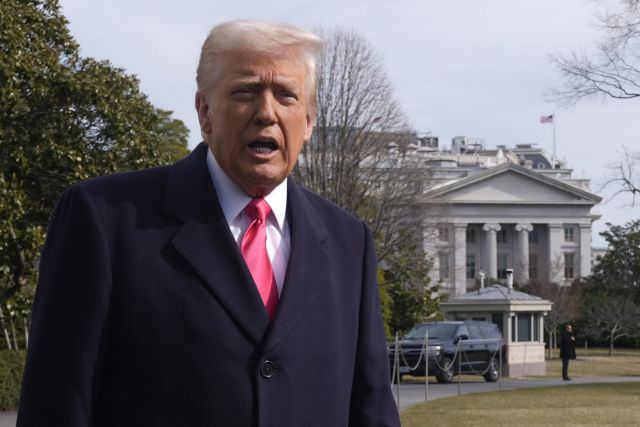Key Dates in the Canada-U.S. Trade Dispute:
The U.S. government has reaffirmed plans to impose sweeping tariffs on Canadian imports, escalating trade tensions between the two nations. President Donald Trump announced that the tariffs—initially delayed—will take effect next week, with additional trade measures scheduled in the coming months.
The administration cites concerns over border security and economic imbalances as key reasons for the tariffs, while Canadian officials and industry leaders express uncertainty over potential exemptions or further delays.
Key Dates in the Canada-U.S. Trade Dispute:
- March 4, 2025 – A 25% tariff will be imposed on virtually all goods entering the U.S. from Canada and Mexico, with a 10% tariff applied to energy exports. These tariffs were originally announced on February 1 but were temporarily paused. Additionally, China will face an extra 10% tariff on goods exported to the U.S. on the same date.
- March 12, 2025 – The U.S. will introduce a 25% tariff on all steel and aluminum imports from Canada, revoking previous exemptions. If the general import tariffs are implemented as planned on March 4, the total tariff on Canadian steel and aluminum could rise to 50%.
- April 1, 2025 – A review of U.S. trade policies will be completed under Trump’s “America First Trade Policy” initiative. While no tariffs are set to take effect on this date, the administration is expected to reassess existing trade agreements, including the Canada-U.S.-Mexico Agreement (CUSMA), ahead of its 2026 review.
- April 2, 2025 – The U.S. plans to introduce “reciprocal tariffs,” mirroring foreign tariffs on American goods. While details remain unclear, President Trump has hinted at tariffs targeting Canadian digital services, automobiles, pharmaceuticals, and semiconductors. Auto tariffs alone could reach 25%.
The Canadian government has yet to announce its response to the impending trade restrictions, while industry groups warn of significant economic repercussions. As the situation develops, businesses and trade organizations on both sides of the border remain on high alert for potential retaliatory measures.

